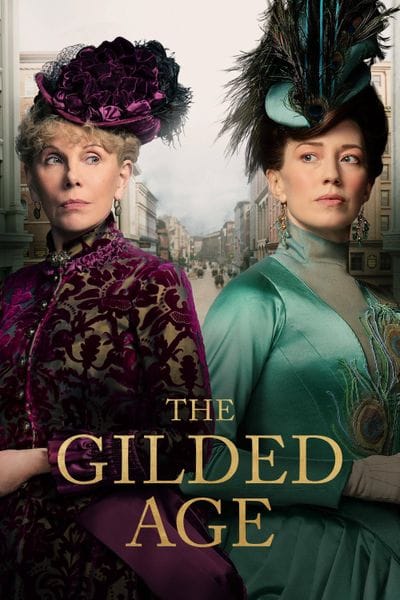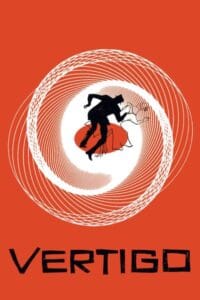Have you ever wondered how period dramas like The Gilded Age manage to transport viewers back in time? What secrets do the meticulously chosen filming locations hold that help recreate the glamour and opulence of the late 19th century? These dramas not only rely on stunning costumes and engaging storylines but also on the rich historical context and architectural beauty of their settings. City Locations
As we explore the various locations featured in this captivating series, we will delve deeper into the intricate blend of history, architecture, and artistry that goes into bringing such a vibrant era to life. Each location is thoughtfully selected to evoke the elegance and complexity of the time, from grand mansions to bustling city streets.
Join us on this journey as we reveal the key locations where The Gilded Age was filmed, uncovering the fascinating stories behind each site. We will examine how these places contribute to the narrative’s authenticity and immerse viewers in the world of high society during this transformative period in American history. With every scene set against these stunning backdrops, the series invites us to not just observe, but to experience the era as if we were part of it ourselves.
The Gilded Age predominantly showcases some of the most iconic city landscapes in and around New York City. The bustling streets, majestic buildings, and intricate designs of the era provide a perfect backdrop for the show. Various neighborhoods were highlighted, each offering a distinct texture to the storyline—from the affluent Upper East Side to the historical charm of Brooklyn Heights. These meticulously chosen locations ingeniously juxtapose the stark economic disparities of the time, reflecting the challenges faced by both the elite and the struggling masses.
Location Types
Filming locations for The Gilded Age encompass a diverse range of types, from grand mansions that evoke the opulence of wealthy families to public spaces that illustrate the sociopolitical landscape of the era. Lavish interiors were crafted within certain locations, allowing the series to showcase the luxurious lifestyles of characters like Bertha Russell and Aurora Fane. On the other hand, outdoor scenes integrated parks and bustling streets where characters interacted with the wider public, highlighting the social dynamics of the period.
Location Styles
The architectural styles featured in The Gilded Age showcase a rich tapestry of design influences, including Beaux-Arts, Gothic Revival, and Romanesque. These styles reflect the eclectic tastes of the time and are instrumental in immersing the audience in the world the characters inhabit. From the elaborate facades of historic mansions to the understated elegance of smaller brownstones, every location tells a story of its own while echoing the grandeur of the Gilded Age.
About The Gilded Age
Created by Julian Fellowes, The Gilded Age paints a riveting picture of the socio-economic landscape of late 19th-century America. Set during a transformative era characterized by rapid industrialization and urbanization, the series intricately captures the essence of a nation on the brink of modernity. With its ensemble cast of talented actors, the show explores profound themes of ambition, class struggle, and the moral dilemmas facing its diverse array of characters, each representing different facets of society. The title itself refers to a period marked by great wealth for some and significant poverty for others, making it a perfect backdrop for a narrative that delves into the intrigues of high society. As audiences are drawn to the lavish lifestyles depicted on screen, filled with opulent mansions and extravagant balls, the underlying tensions and conflicts expose deeper societal issues such as inequality and corruption that remain remarkably relevant today. The series not only entertains but also invites viewers to reflect on the complexities of privilege and the societal structures that persist into the modern age.
The Gilded Age Locations
The filming locations extend well beyond the bustling confines of New York City, showcasing a diverse array of beautifully preserved historic sites scattered throughout the Northeastern United States. Each carefully selected location plays a pivotal role in enhancing the storytelling, providing an authentic backdrop that deeply resonates with the audience. From opulent mansions that boast intricate architecture and rich histories to charming, tree-lined streets filled with quaint shops and cafes, every setting is meticulously chosen to contribute to the show’s historical accuracy and visual splendor. These locations not only enrich the narrative but also immerse viewers in the time period depicted, inviting them to experience the atmosphere and culture of the era. Whether it’s a grand estate or a picturesque town square, each site adds layers of depth and authenticity, making the viewing experience all the more engaging.
The kitchen introduction scene in The Gilded Age
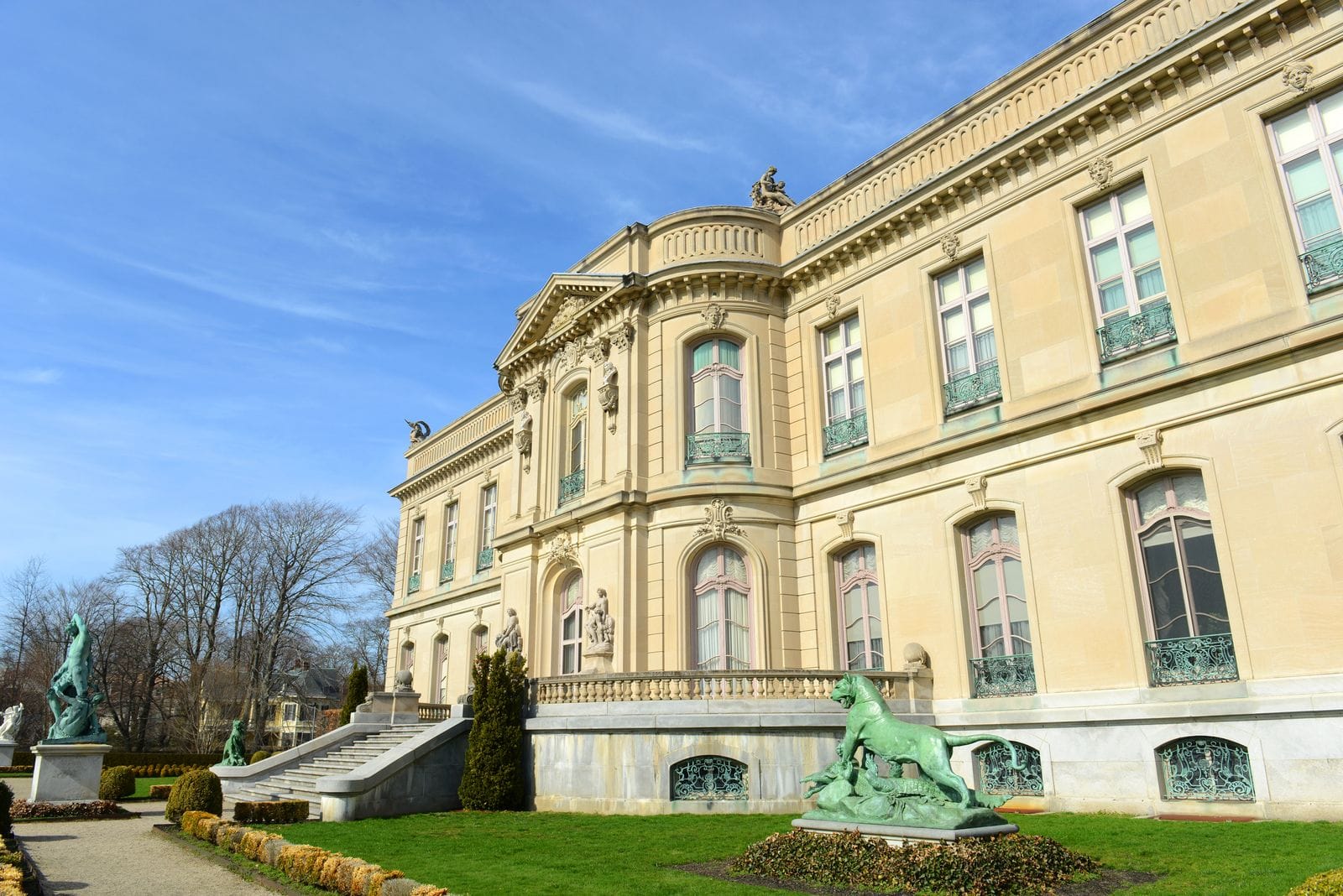
The kitchen scenes in The Gilded Age serve as a focal point where the realities of domestic life during the Gilded Age are portrayed. These behind-the-scenes glimpses into the kitchens of affluent households highlight the sharp contrast between the lives of the wealthy and their servants. The attention to detail—from the period-appropriate cookware to the bustling activity—helps to illuminate the social hierarchy of the time. A careful consideration of these elements allows the audience to appreciate the complexities of domestic service and the intricate dance of power dynamics.
Bertha Russell’s party scene in The Gilded Age
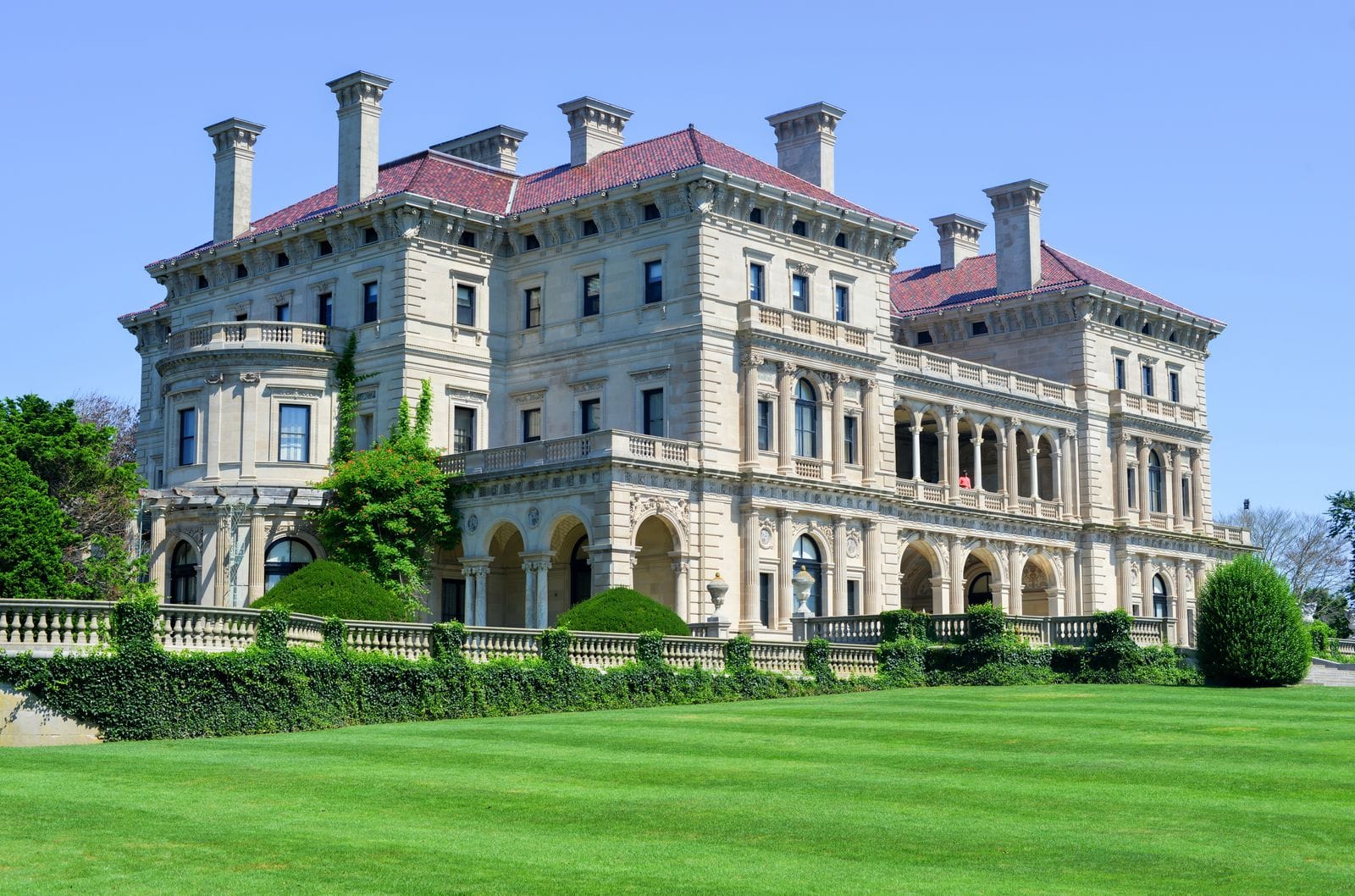
Amongst the most visually stunning sequences in The Gilded Age are the lavish party scenes hosted by Bertha Russell. These gatherings not only showcase extravagant fashion and grand decor but also serve as pivotal moments for character development and plot progression. Through lively exchanges and subtle confrontations, the audience witnesses social manoeuvrings that reflect the true essence of high society, where appearances often mask deeper conflicts. The artistry of costume and set design transports viewers into a world of glamour and tension, reinforcing the show’s thematic exploration of ambition and rivalry.
The social gathering scene in The Gilded Age
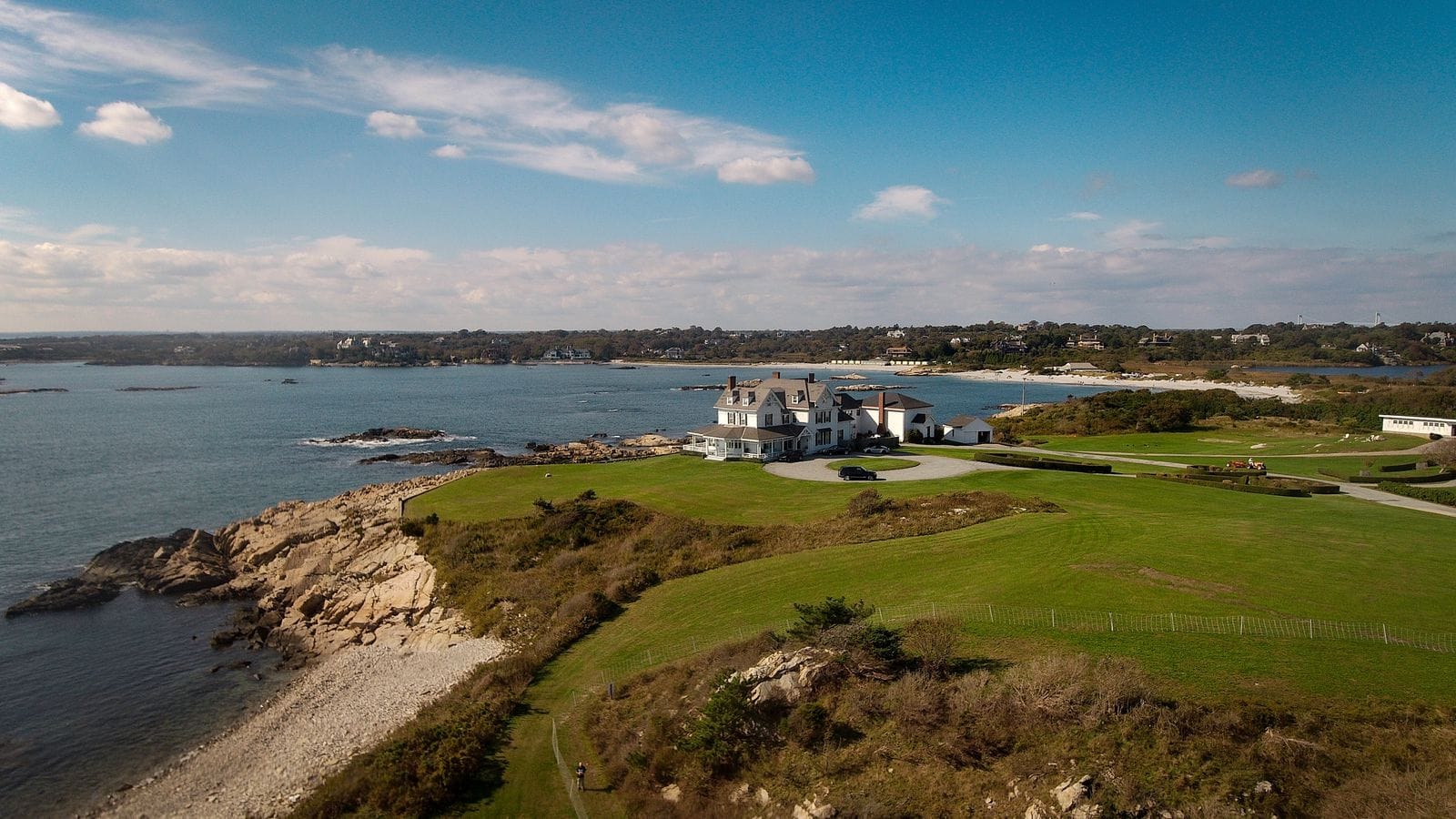
Social gatherings in The Gilded Age play a crucial role in establishing the relationships between characters and the societal constructs they inhabit. Whether held in a lavish grand salon adorned with crystal chandeliers or a quaint garden filled with blooming flowers, these scenes vividly depict the intersection of various social classes, showcasing the tensions and dynamics that define the era. The gatherings serve as a backdrop for the intricate web of alliances and enmities that shape the characters’ lives, revealing the complexities of their interactions.
At these events, the dialogue often carries double meanings, laden with subtext that hints at the characters’ ambitions, desires, and underlying motivations. For instance, seemingly innocent conversations about the weather or fashion can mask deeper rivalries or unspoken agreements, adding layers of intrigue to the narrative. Such moments are rich with social commentary, exploring themes of class struggle, power dynamics, and the quest for acceptance in a rapidly changing society. This makes social gatherings a vital aspect of the series’ storytelling, as they not only advance the plot but also provide a lens through which viewers can examine the moral and ethical dilemmas faced by the characters.
Visit to the home of Aurora Fane scene in The Gilded Age
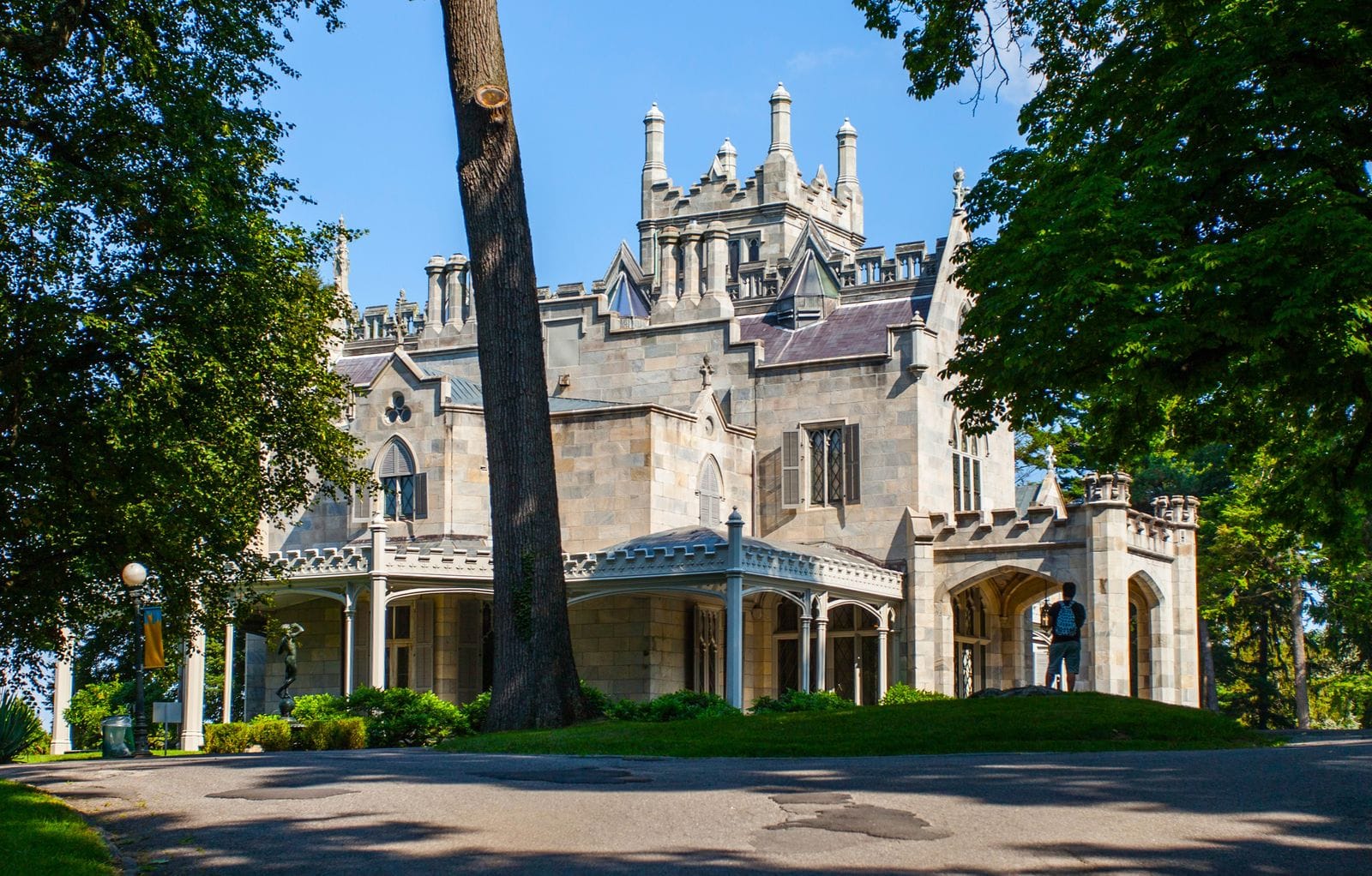
Aurora Fane’s home stands as a splendid testament to the extraordinary wealth of its owners, reflecting not only their material success but also their desire to craft an image of sophistication and grandeur. The meticulously curated scenes shot within its opulent walls embody a sense of elegance and luxury that captivates all who enter, creating a striking contrast to the more modest abodes of the time, which often lacked such lavish detail. Each room tells a story, adorned with exquisite furnishings and artwork that showcase the finest craftsmanship of the era.
Aurora’s character adds an intriguing layer of complexity to this narrative, as her ambitions and aspirations mirror the shifting values of society during a time of great change. She navigates a world where social status is paramount, and her home becomes a symbol of her relentless pursuit of recognition. Through visits to her grand residence, The Gilded Age artfully captures the essence of the era’s relentless pursuit of status, exploring the intricate dynamics and challenges that accompany such aspirations. The blend of personal ambition and societal expectations creates a rich tapestry of intrigue that invites viewers to delve deeper into the lives of those striving for prominence in a rapidly evolving world.
Marian and Peggy visit the park scene in The Gilded Age
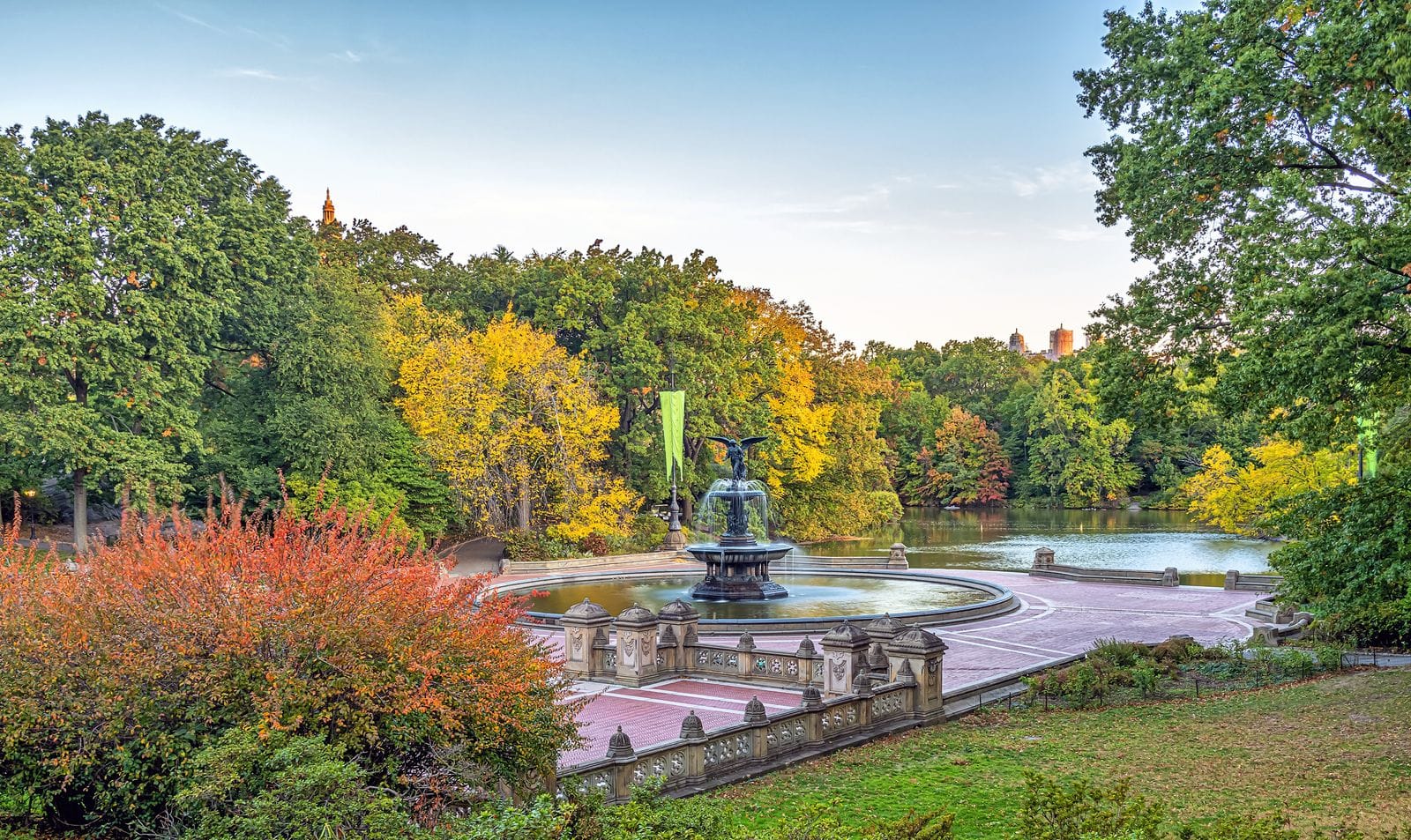
One of the poignant moments in The Gilded Age occurs when Marian and Peggy visit the park, where their conversation reveals the stark realities of their differing social standings. This outing serves as an opportunity to explore themes of friendship across class boundaries, illustrating both the barriers they face and the moments of connection that arise. The park, a public space that invites people from varied backgrounds, highlights the dichotomy between wealth and poverty while setting the stage for meaningful dialogue. Such scenes enrich character development and underscore the show’s commitment to addressing social issues.
Mingling with the other elite scene in The Gilded Age
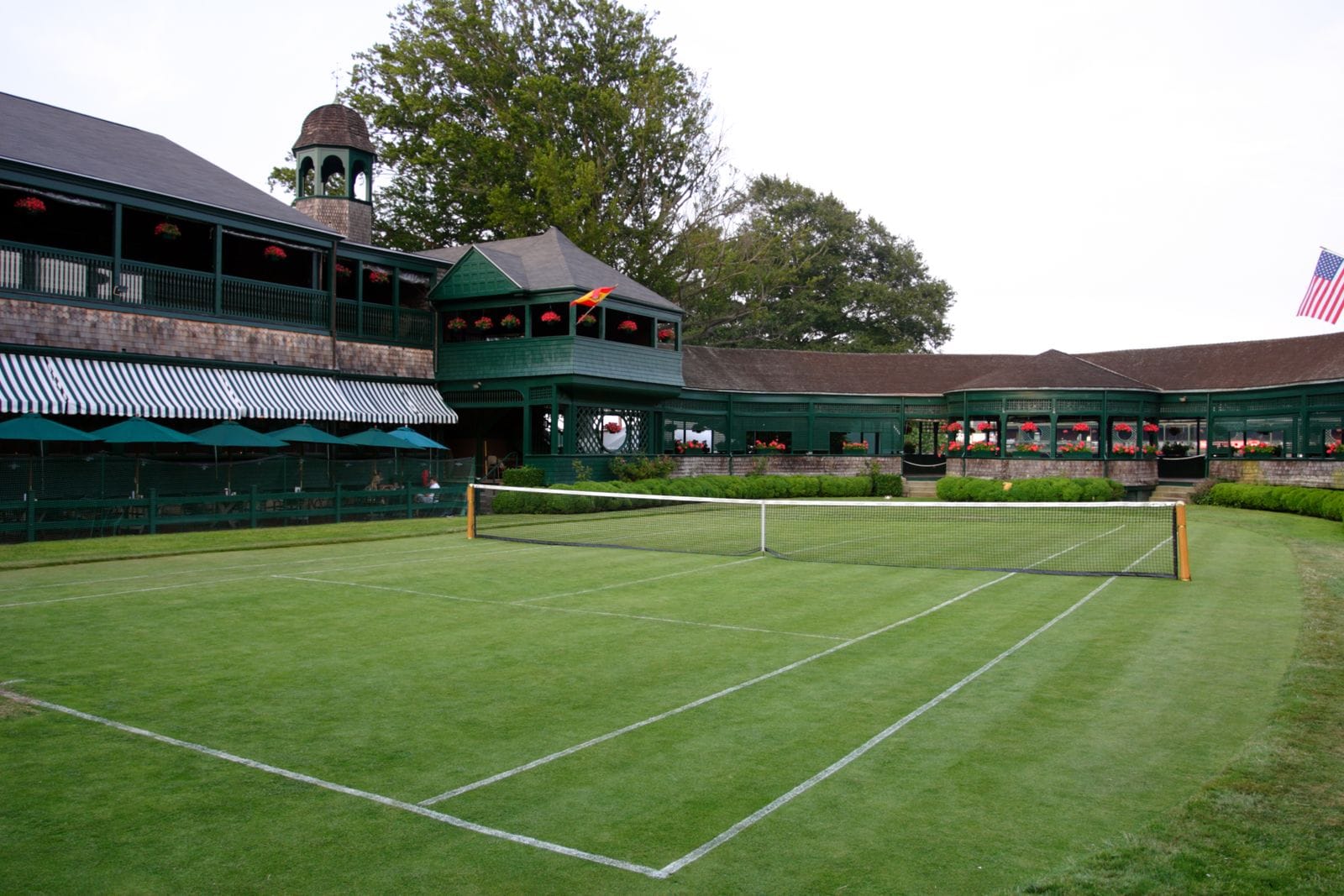
Mingling with the elite offers viewers a captivating deep dive into the intricacies of high society gatherings. Characters are intricately crafted, each with their own backstory, striving to navigate the complex social terrain where alliances are constantly shifting like quicksand and the stakes are extraordinarily high. These interactions are layered with subtext; each conversation carries not only the weight of personal relationships, filled with unspoken tensions and hidden agendas, but also broader implications for wealth, power, and social standing. The filmmakers have expertly captured this delicate balance, using meticulous attention to detail in both dialogue and setting, allowing the audience to engage with the characters’ moral dilemmas and personal conflicts in a visceral way. The emotional stakes feel real, drawing viewers into a world that is glamorous yet rife with underlying tensions, making for a thought-provoking exploration of elite social dynamics.
Conclusion
The filming locations of The Gilded Age serve not only as mere backdrops but as integral elements that significantly enhance the storytelling and character development throughout the series. Each location, carefully selected for its historical significance and aesthetic value, contributes to the immersive experience that transports viewers to a time of great change in America. From the intricate architectural details of individual settings, such as grand mansions and bustling city streets, to the broader social implications tied to the era, every aspect is meticulously crafted to bring authenticity and richness to the narrative.
By exploring these diverse locations, we gain a much deeper understanding of the complexities and nuances of this vibrant period in American history. The series captures the culinary delights, cultural movements, and stark class distinctions that defined the lives of the individuals who navigated through such a transformative time. As we witness the interactions among characters set against these historically relevant backdrops, we are reminded of the societal dynamics that shaped their experiences and decisions.
Furthermore, as the series continues to unfold, we can only anticipate how these meticulously chosen settings will evolve alongside the characters and the society they represent. Each new episode invites us to delve deeper into the interplay between location and story, showcasing how the environment influences character arcs and societal roles. This ongoing journey through the rich tapestry of American history not only entertains but also educates viewers about the intricacies of class, culture, and identity during a pivotal era.

